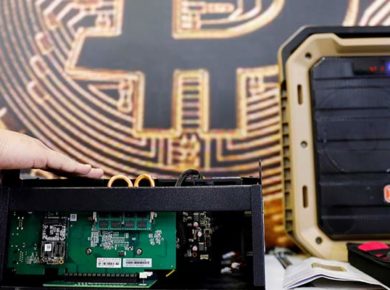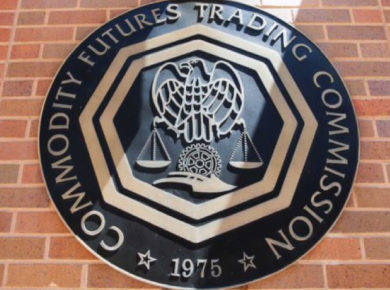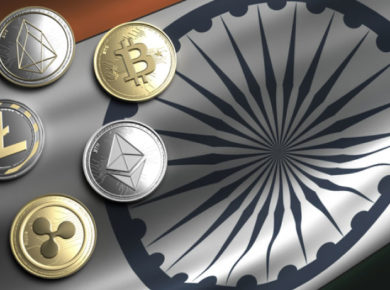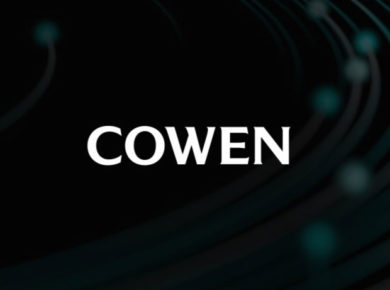Among the cryptocurrency community, there is a large group who believe that Ethereum will one day have the largest market cap of all.
The belief is based partly on Ethereum’s long-term scaling solutions, which includes a transition from proof-of-work to proof-of-stake mining. That transition will result in Ethereum having a drastically lower environmental footprint compared to Bitcoin and other proof-of-work systems.
Now, anyone can create a smart contract based on the Ethereum blockchain and release their own tokens.
Below is a breakdown of the five largest Ethereum projects by market cap. Despite their success, these currencies can still be had at a fraction of the cost of ether.
1. EOS (EOS)
By market capitalization, EOS is the most powerful Ethereum-based token – roughly $6 billion. EOS is a platform that can be used by developers to create scalable Dapps. It is similar to the Ethereum blockchain, only a lot better. Like Ethereum it also uses smart contracts for running and hosting decentralized apps and is based on the Ethereum token.
EOS trading volumes are averaging more than $1.6 billion daily. Its major markets include Bithumb, Huobi, Bitfinex and OKEx.
2. Tron (TRX)
Tron is a blockchain-based protocol for revolutionizing the economics of online content. It aims to connect content creators with ordinary users using Tron’s coin, TRX, so that they are no longer reliant on centralized platforms to store and spread their content or to get paid for it.
The Tron whitepaper states: “Existing content platforms have been controlled by profit demands and centralized mechanisms, and the content we read is that which the centralized platform wishes us to read, rather than what we wish to read.”
TRON is now migrating from Ethereum Mainnet to launch its own mainnet by the end of May. The founder of TRON, Justin Sun has also promised 3. VeChain (VEN)
VeChain aims to create a trustless and transparent supply chain management solution for industries. Vechain manufactures smart chips that can be used to track the item and automatically maintain its record in the blockchain. Using this, consumers can ensure the authenticity of the item while manufacturers can easily manage transit and distribution. On February 26, 2018, VeChain rebranded as VeChain Thor, and the company expanded its technology to enable enterprise dapp solutions to be built on top of it. The rebranding included a planned transition of the primary token VEN to VET, as well as the introduction of a new token called Thor Power (THOR). VEN tokens generate less than $80 million in daily turnover, with LBank and Binance facilitating the vast majority of market orders. Binance Coin is the coin used to facilitate operations on the Binance platform, a cryptocurrency exchange that is capable of processing 1.4 million orders per second. The name “Binance” is derived from the combination of the terms “binary” and “finance”, referring to the integration of digital technology and finance. The BNB coin is used on the platform to pay exchange fees, withdrawal fees, listing fees, and all other possible transaction expenses. Binance recently burned roughly $30 million worth of BNB tokens. Under its repurchase plan, a maximum of 50% of BNB tokens will be burned throughout the coin’s life cycle, leaving only 100 million in circulation. OmiseGo was a hot pick by many to be one of the top performing cryptocurrency investments of 2018, and so far it has lived up to expectations relative to the rest of the market. Its open-wallet infrastructure allows anyone to integrate this platform into their current payment service. Hence it will work as a bridge to interconnect fragmented payment processors and decentralized blockchains. It is also a currency agnostic platform i.e. both fiat and cryptocurrencies can be actively traded. The OMG token is capitalized at roughly $1.1 billion with daily turnover of $45 million. The cryptocurrency is available on several leading exchanges, including Binance, Huobi and OKEx.4. Binance Coin (BNB)
5. OmiseGo (OMG)











